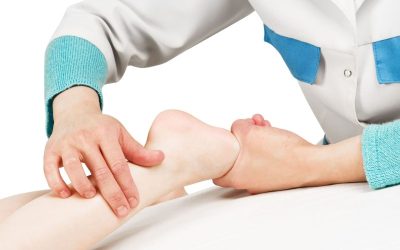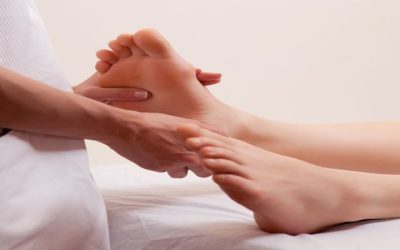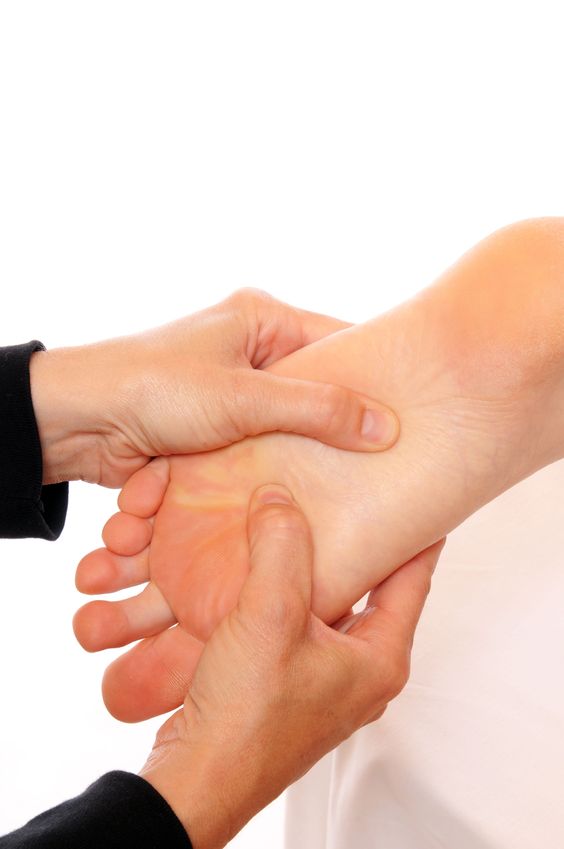Living with diabetes is a really hard thing to do. There are so many lifestyle changes that need to be made and so many little things that need to be done just to stay alive and well. Unfortunately, there are many complications that diabetes can cause for anybody, and this includes complications for the feet. Diabetes can cause some very serious issues for anybody’s feet, including things like numbness, nerve damage, and pain. If left untreated, it can eventually lead to the loss of limbs.
How Can I Keep My Feet Healthy?
There are several things that you can do in combination with your regular diabetes treatments in order to help you stay on your feet. Many of these things are simple little tricks and tips that you can do at home, and they all go a long way in ensuring the lasting health of your feet, even in the face of a serious condition like diabetes. When it comes to diabetic foot care in Jacksonville FL, there are many things that you can do by yourself to make sure that your feet stay healthy.
One of the many things that you can do is to check your feet twice daily. Things to check for include wounds, blisters, callouses, and areas of redness. If needed, use a mirror. These symptoms can be a sign of deteriorating foot health and of worse things to come. In terms of diabetic foot care, you should always check your feet in the mornings and in the evenings.
When it comes to taking baths, never use excessively hot water. A diabetic’s feet may not have enough feeling (due to nerve damage) to feel if the water is too hot, which can result in further damage. As well, always make sure that your feet and toes are completely dry whenever possible. When done bathing, it is also wise to moisturize your feet using an oil-free moisturizer.
Never walk around barefoot. When you have diabetes, walking around barefoot can cause excessive damage to the toes and the soles of the feet. Things like cuts and splinters can be very dangerous and prone to infection for diabetics. For proper diabetic foot care, you should have the right type of shoes.
You should never wear socks that are too tight. Your socks should not leave marks on your feet from being too tight, and they should also not have any protruding seams. As diabetes limits the blood flow in the feet, tight socks will only encourage this blood flow restriction. On a side note, socks should be white, because this will allow you to spot sores, blisters, and liquid discharge much easier than when wearing colored or black socks. Wearing the right socks is a big part of diabetic foot care.


